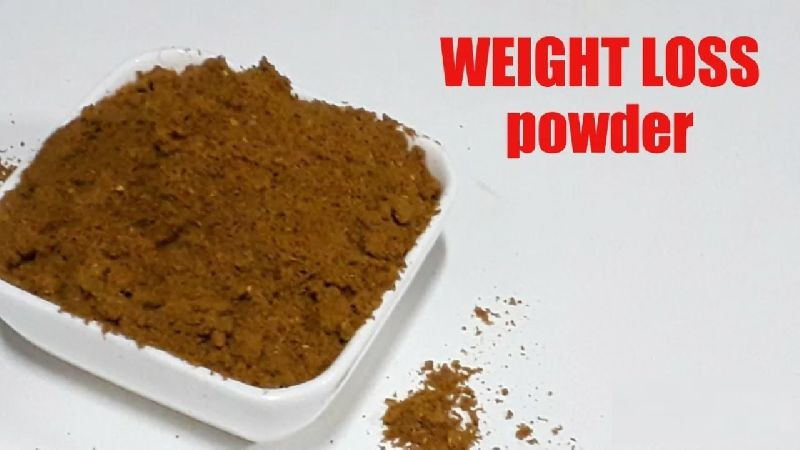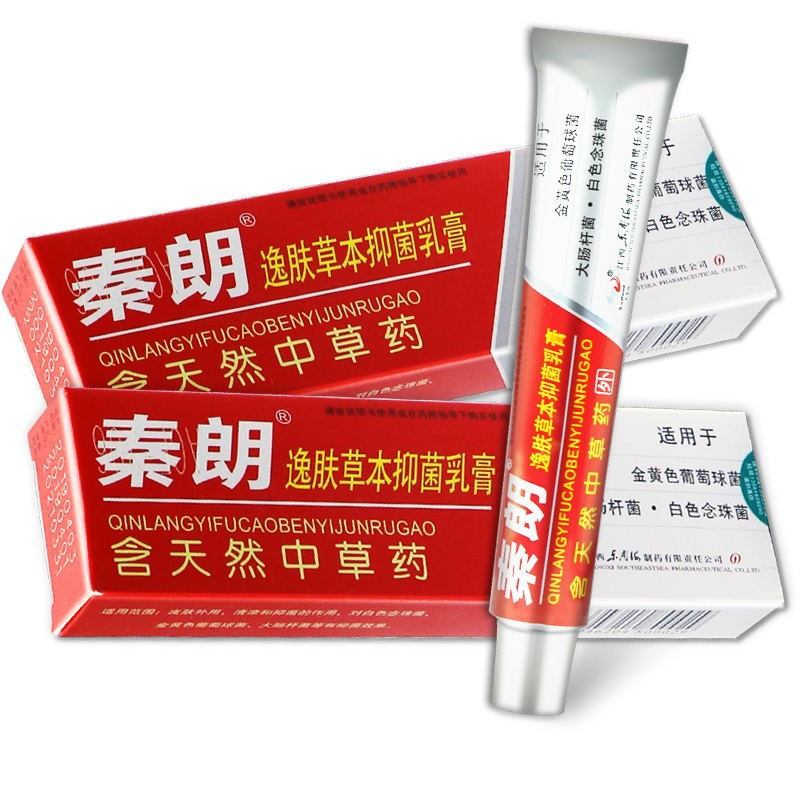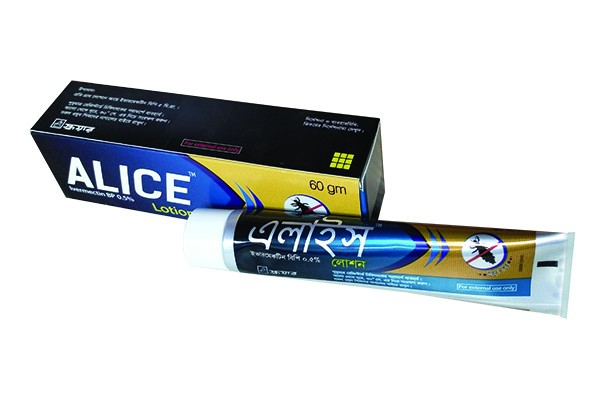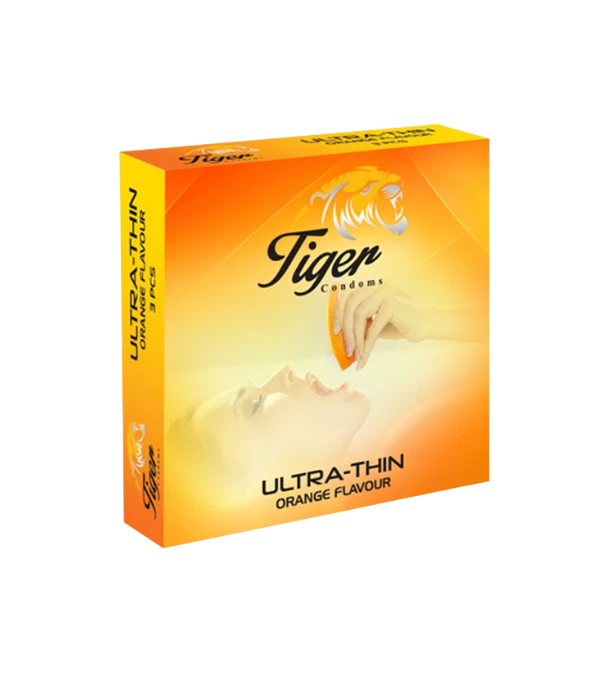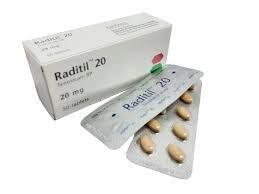

Raditil 20 mg (10pcs)
Inhouse product
-
৳1,030.00
৳1,550.00 -
৳10.00
৳12.00 -
৳280.00
৳500.00 -
৳127.00
৳132.00 -
৳884.00
৳1,105.00 -
৳30.00
৳60.00
Reviews & Ratings
Generic
Tenoxicam
Indications
Tenoxicam is indicated for the symptomatic treatment of the following painful inflammatory and degenerative disorders of the musculoskeletal system:
- Rheumatoid arthritis.
- Osteoarthritis.
- Arthrosis.
- Ankylosing spondylitis.
- Extra-articular disorders, e.g. tendinitis, bursitis, periarthritis of the shoulders (shoulder-hand syndrome) or hips, strains, and sprains.
- Acute gout.
Pharmacology
Tenoxicam may be a non-steroidal anti-inflammatory medicate (NSAID) with anti-inflammatory, pain relieving and antipyretic properties and it moreover hinders platelet accumulation. Tenoxicam represses prostaglandin biosynthesis. In-vitro tests of leukocyte peroxidase recommend that tenoxicam may act as a forager for dynamic oxygen at the location of irritation. Tenoxicam may be a powerful in-vitro inhibitor of human metalloproteinases (stromelysin and collagenase), which induce cartilage breakdown. These pharmacological impacts clarify, at slightest in portion, the restorative advantage of Tenoxicam within the treatment of difficult fiery and degenerative clutters of the musculoskeletal framework. Tenoxicam appeared no mutagenic, carcinogenic or teratogenic impacts in creatures. As with other prostaglandin inhibitors, renal and gastrointestinal impacts, expanded frequency of dystocia and deferred parturition were watched in creature security studies.
Dosage & Administration
Standard dosage: For all indications except acute gout, a daily dosage of 20 mg should be given at the same time of day.
In acute attacks of gout:
The recommended dose for acute attacks of gout is 40 mg once daily for
two days followed by 20 mg once daily for a further five days.
In the treatment of chronic disorders:
The therapeutic effect of tenoxicam is evident early in treatment but
there is a progressive increase in response over time. In chronic
disorders, daily doses higher than 20 mg should be avoided since this
would increase the frequency and intensity of unwanted reactions without
significantly increasing efficacy. For patients needing long-term
treatment, a reduction to a daily oral dose of 10 mg may be tried for
maintenance.
Special dosage instructions: In
principle, the above dosage recommendations also apply to elderly
patients and to patients suffering from kidney or liver disease. Because
of lack of clinical experience, no dosage recommendations have so far
been established for children and adolescents.
Interaction
As within the case of other NSAIDs, salicylate uproots tenoxicam from protein-binding destinations and increments clearance and volume of conveyance of tenoxicam. Concurrent treatment with salicylate or other NSAIDs ought to be dodged since of expanded hazard of gastrointestinal undesirable responses. The co-administration of a few NSAIDs and methotrexate has been related with decreased renal tubular emission of methotrexate, higher plasma concentrations of methotrexate, and extreme methotrexate harmfulness. Subsequently, caution ought to be worked out when Tenoxicam is managed concurrently with methotrexate. No clinically relevant interaction was found within the little number of patients getting concomitant treatment with gold, penicillamine or probenecid. As Tenoxicam may diminish the renal clearance of lithium, their concomitant organization may lead to expanded plasma levels and poisonous quality of lithium. The plasma levels of lithium ought to be closely checked. As with NSAIDs in common, Tenoxicam ought to not be managed concurrently with K-sparing diuretics. There's a known interaction between these two classes of compounds, which may cause hyperkalemia and renal disappointment. No clinically critical interaction between Tenoxicam and furosemide was famous, but Tenoxicam weakens the blood pressure-lowering impact of hydrochlorothiazide. As known from other NSAIDs, Tenoxicam might constrict the antihypertensive impacts of alpha-adrenergic blockers and ACE-inhibitors. No intuitive have been detailed between NSAIDs and centrally-acting alpha agonists or calcium channel blockers. There was no clinically pertinent interaction when Tenoxicam was managed along with atenolol. Amid clinical trials no interaction was detailed for patients treated concomitantly with digitalis items. In this way concurrent dosing of Tenoxicam and digoxin shows up to be without major chance. No interaction has been found with concomitantly managed stomach settling agents, cimetidine, warfarin and phenprocoumon at the prescribed measurements. The clinical impact of verbal antidiabetic drugs (glibornuride, glibenclamide, tolbutamide) was moreover not altered by Tenoxicam. By the by, cautious checking is suggested when patients concomitantly get anticoagulants or verbal antidiabetic drugs. No clinically significant interaction has been found between Tenoxicam and moo atomic weight heparin.
Contraindications
Patients who are known to be hypersensitive to tenoxicam should not be given the medicine.
who have symptoms of asthma, rhinitis, or urticaria after using salicylates or other non-steroidal anti-inflammatory medicines (NSAIDs);
Gastritis, gastric and duodenal ulcers are all diseases of the upper gastrointestinal tract that people suffer from or have suffered from.
Side Effects
Tenoxicam was found to be well tolerated in the indicated dose in clinical trials involving large numbers of individuals. In most cases, the negative effects were minor and only lasted a short time. Treatment has to be interrupted in a limited number of patients due to unfavorable side effects. Tenoxicam taken parenterally has good local tolerance. The following are some of the side effects that have been reported
Gastrointestinal tract: gastric, epigastric, and abdominal discomfort, dyspepsia, heartburn, and nausea are all common.
Dizziness and headaches are symptoms of the central nervous system.
The frequency is less than 1%. Constipation, diarrhea, stomatitis, gastritis, vomiting, ulcers, Gl-bleeding, including hematemesis and melena
Fatigue, sleep difficulties, appetite loss, dry mouth, and vertigo are all symptoms of the central nervous system.
Itching, erythema, exanthema, dermatitis, and urticaria on the skin (especially in the anal region following rectal administration).
Edema and a rise in BUN or creatinine in the urinary tract and kidneys.
Increased hepatic enzyme activity in the liver and biliary tract.
Palpitations are a symptom of the cardiovascular system.
Pregnancy & Lactation
NSAIDs suppress prostaglandin synthesis, and when taken late in pregnancy, they can cause the fetal ductus arteriosus to close, prolong labor, and delay parturition. Treatment should be avoided during the third trimester of pregnancy. Tenoxicam enters into breast milk in a very modest level (about 0.2 percent) based on data from single-dose administration. There have been no reports of harmful effects in breast-fed infants whose mothers are using Tenoxicam. However, infants should be weaned or the medicine should be stopped.
Precautions & Warnings
SAIDs repress renal prostaglandin union and subsequently may have an undesirable impact on renal hemodynamics and on salt and water adjust. It is essential to enough screen the persistent with a uncommon accentuation on cardiac and renal work (BUN, creatinine, advancement of edema, weight pick up, etc.) when giving Tenoxicam to patients with conditions that might increment their chance of creating renal disappointment, such as pre-existing renal illness, disabled renal work in diabetics, hepatic cirrhosis, congestive heart disappointment, volume exhaustion or concomitant treatment with possibly nephrotoxic drugs, diuretics and corticosteroids. Tenoxicam hinders platelet accumulation and may influence hemostasis. Tenoxicam has no critical impact on blood coagulation components, coagulation time, prothrombin time or actuated thromboplastin time. Patients having coagulation clutters or accepting sedate treatment that meddling with hemostasis ought to, be that as it may, be carefully watched when Tenoxicam is managed. Any understanding being treated with Tenoxicam who presents with indications of gastrointestinal malady ought to be closely observed. On the off chance that peptic ulceration or gastrointestinal dying happens, Tenoxicam ought to be instantly pulled back. In the event that extreme skin responses (e.g. Lyell's or Stevens-Johnson disorder) happen, the treatment ought to be ceased promptly.
Therapeutic Class
Drugs for Osteoarthritis, Drugs used for Rheumatoid Arthritis, Non-steroidal Anti-inflammatory Drugs (NSAIDs)
Storage Conditions
Do not store above 30°C, protect from light & moisture. Keep out of the reach of children.
Frequently Bought Products
-
৳1,030.00
৳1,550.00 -
৳10.00
৳12.00 -
৳280.00
৳500.00 -
৳127.00
৳132.00 -
৳884.00
৳1,105.00 -
৳30.00
৳60.00
Online Shopping Bangladesh : MShopBD-Majumder Shop
MShopBD-Majumder Shop Online Shopping in Bangladesh is the Best Shopping store within 10000+ products cash on delivery in dhaka, Khulna, ctg & all over Bangladesh with COD-cash on delivery (Only Shipping Cost Advance ) under by www.esdp.gov.bd (bangladesh.gov.bd ) Home Delivery all Over Bangladesh different location and shop as like as Multivendor Online Sites in BD.
Thank you for choosing MShopBD - Majumder Shop!
